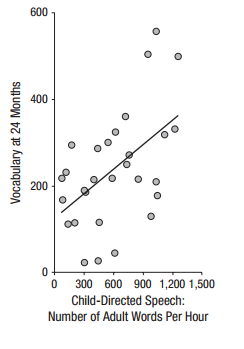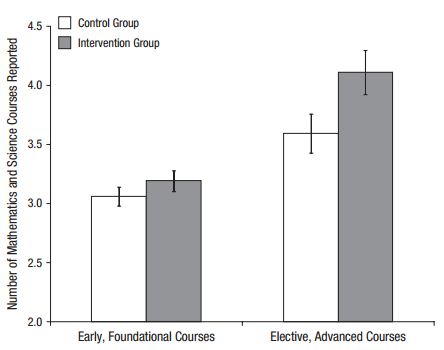According to an article in the New York Times, the American Academy of Pediatrics will soon recommend that children be read to from birth. The Academy also wants pediatricians to make this recommendation every time a baby visits the doctor. It’s a good idea, but it could use some fine-tuning.
As most readers of RealClearEducation know, reading aloud to children is associated with a variety of good academic outcomes, including improved vocabulary, better understanding of more complex syntax, improved phonemic awareness, , and the beginnings of letter knowledge and knowledge of the alphabetic principle (e.g., Lonigan & Shanahan, 2008).
It’s worth noting that most of these studies are correlational, and so a host of genetic and environmental factors could be what are actually prompting differences in outcomes among kids. (Naturally, researchers do their best to statistically remove out these factors when they analyze the data). The problem in doing a true experiment (in which we randomly assign people to read to their kids or not) is that it’s hard to get people to sign on to read daily (or to refrain from it) for months or years—and we might expect that it would take that long to see results. Shorter-term experiments have been conducted and reading aloud actually shows little or no benefit unless a particular reading aloud strategy--dialogic reading—is used (Justice & Pullen, 2003; Mol et al., 2008).
Even though the evidence is not as iron-clad as we’d like, I don’t think the American Academy of Pediatrics is going out on a limb rashly. I think reading aloud to children is good advice. Still, there are a couple of ways I’d tweak the suggestion.
First, “from birth” is too early. It’s too early because parents of newborns really do have other, more pressing things to think about such as sleeping, and figuring out how family routines change with the new family member. It’s also too early because a newborn probably is not getting that much out of being read to. Newborn can’t really see much of a book—their vision is 20/500, and they don’t see blues very well until around age 3 months. And babies are much more social at a few months of age. My fear is that parents of newborns will either ignore the advice given their other concerns, or try to follow it, find it unrewarding, and drop it. The American Academy of Pediatrics might do better to direct members to recommend read-alouds beginning when children are to get the set of immunizations delivered at 4 months of age.
Second, telling parents might help, but this advice is more likely to take hold if you not only tell them, but also make it easy for them to carry it out. One way would be for pediatricians to have age-appropriate books that parents could take home for read-alouds. This would not be terribly costly, and if the publicity is not enough to entice a publisher like Scholastic to take it on, I would think that a foundation could be persuaded to help.
Pediatricians can also increase the chances that their advice will be heeded if they tell parents the basics of a good read-aloud. Jim Trelease has written an entire book on the subject (and it’s excellent) but some important principles could be summarized on a bookmark. Here are a few, taken from my own book on reading, which will be published this winter:
· Read aloud at the same time each day, to help make it a habit.
· Read a little slower than you think you need to. Even simple stories are challenging for children.
· Don’t demand perfect behavior from your child.
· Use a dramatic voice. Ham it up. Your child is not judging your acting ability.
It’s nice to see that the American Academy of Pediatrics is using its position to try to improve early child education. It would be a shame if minor, readily-correctable details prevented the program from having the impact it might.
References:
Justice, L. M. & Pullen, P. C. (2003). Promising interventions for promoting emergent literacy skills: Three evidence-based approaches. Topics in Early Childhood Special Education, 23, 99-113.
Lonigan, C. J., & Shanahan, T. (2008). Developing Early Literacy: Report of the National Early Literacy Panel. A Scientific Synthesis of Early Literacy Development and Implications for Intervention. National Institute for Literacy. Downloaded from http://lincs.ed.gov/publications/pdf/NELPReport09.pdf
Mol, S. E., Bus, A. G., Jong, M. T. de, & Smeets, D. J. H. (2008). Added value of dialogic parent-child book readings: A meta-analysis. Early Education and Development, 19, 7-26.



 RSS Feed
RSS Feed